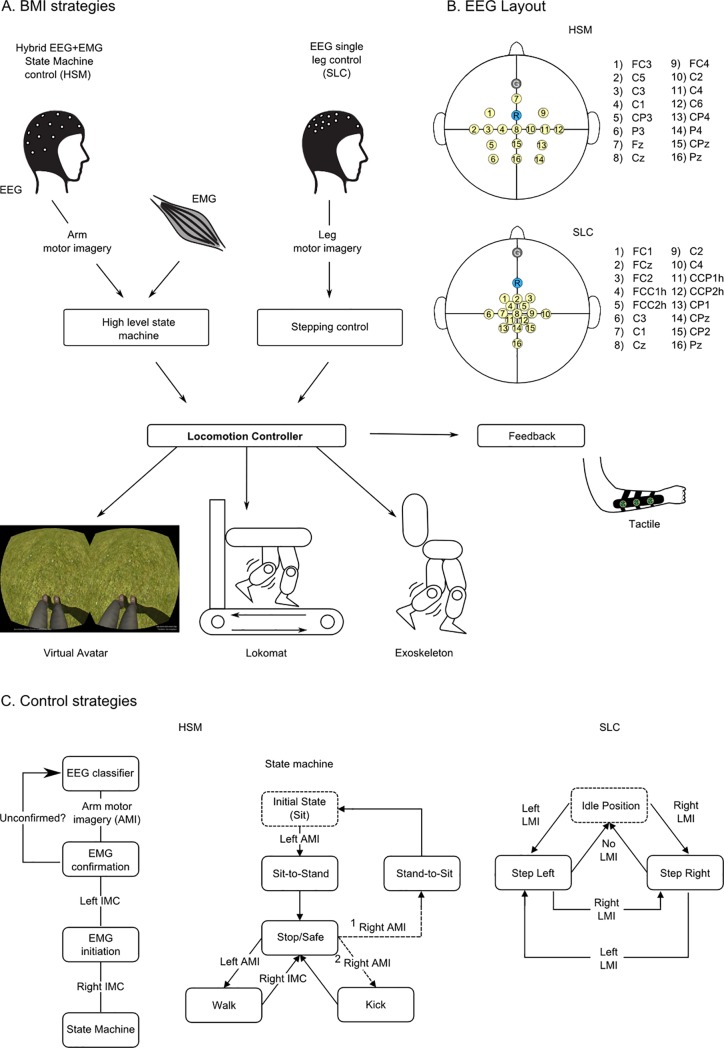Fig 1. Brain-machine interfaces control strategy.
(A) We have developed and validated two BMI strategies: the hybrid EEG and EMG state machine control (HSM) and the EEG single leg control (SLC). Both strategies were used to control the actuation of a virtual avatar and a robotic gait device (Lokomat or exoskeleton). A portable haptic device was used to inform the user of the position of the virtual or robotic leg and the contact of these actuator’s feet with the floor in real time [35]. (B) For both BMI strategies, a 16 channel EEG cap was used. Electrodes were clustered over the arm area of the sensorimotor cortex for HSM and leg area for the SLC strategy. The ground and reference electrodes are reported in gray and light blue respectively. (C) The control strategy for the HSM (left panel) is based on navigation of a state machine (middle panel), using motor imagery, and a two-step EMG confirmation, using isometric muscle contraction of the biceps (IMC). For example, when the subject is in a standing position (Stop/Safe sate) and wants to start walking, (s)he will imagine moving the left arm and confirms the choice with a left bicep IMC. The subject has then to produce a right bicep ICM to trigger walking. The SLC strategy uses the decoding of leg motor imagery through EEG signals. If left motor imagery (LMI) is detected the left step is triggered. Once in this position, if right motor imagery is detected, the right step is triggered, and if no state is detected for 5 seconds, the actuator (the avatar or the robotic gait device) returns to the idle position.

